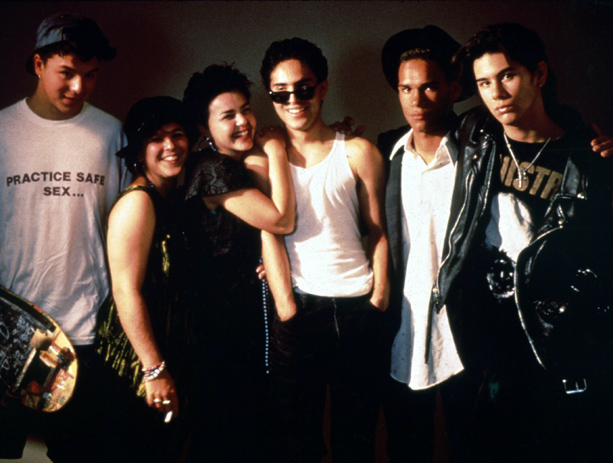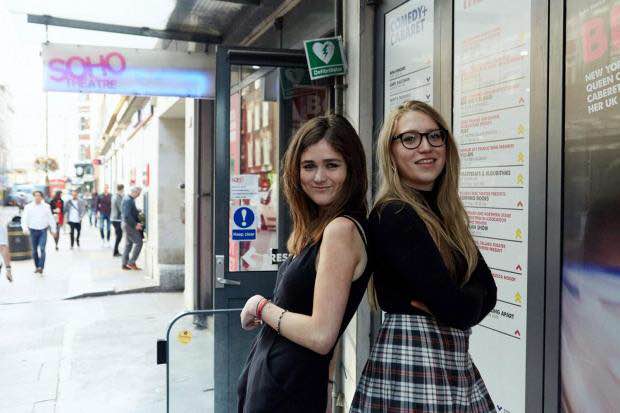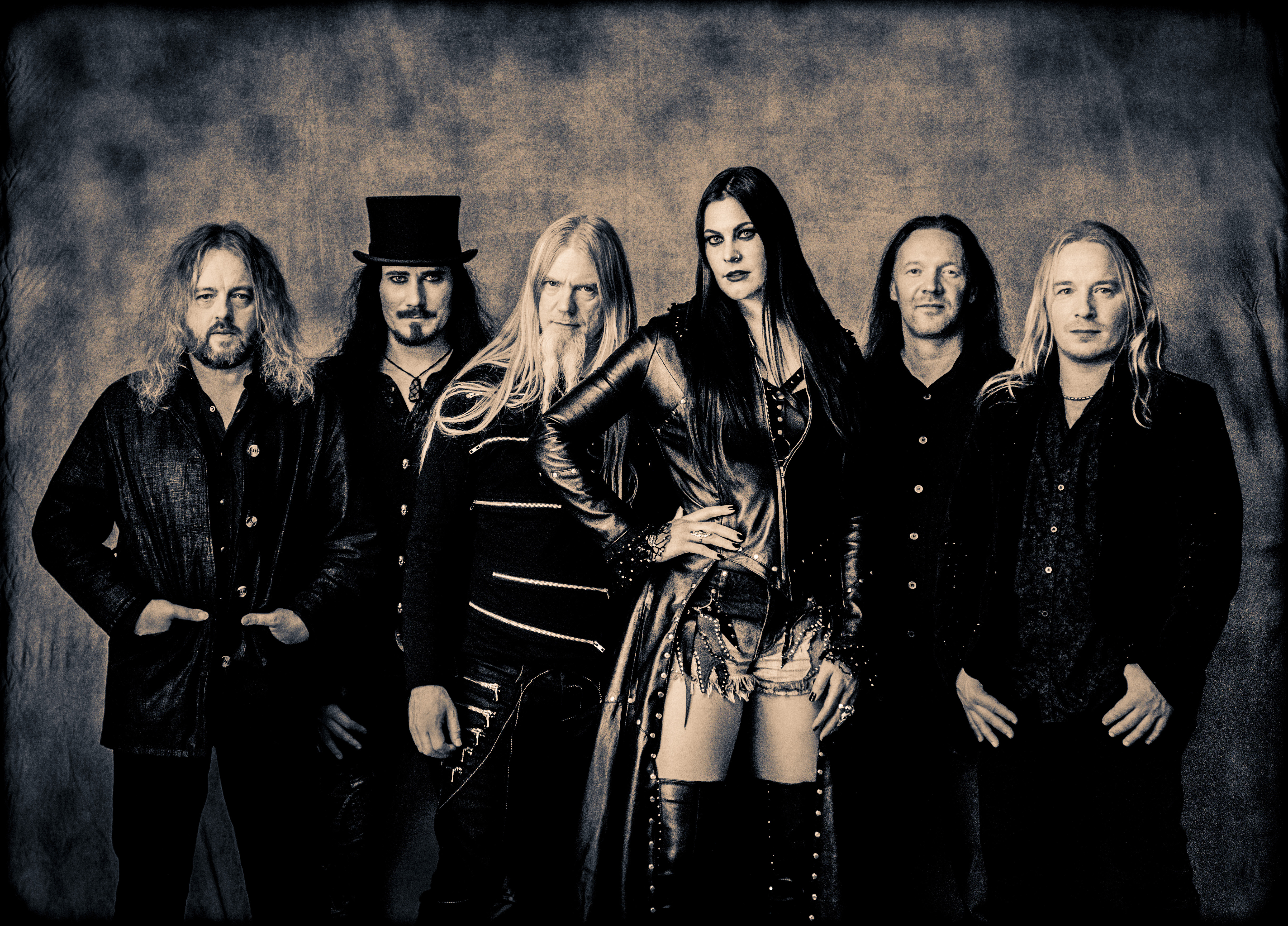In a 1992 edition of the British Film Institute magazine, Sight and Sound, the American scholar B Ruby Rich coined the term “New Queer Cinema” to describe the movement in queer themed independent film making developing at the time.
The term evolved from use of the word ‘queer’ in academic writing in the 1980s and 1990s as an inclusive way of describing gay, lesbian, bisexual and transgender identity and experience, and also defining a form of sexuality that was fluid and subversive of traditional understandings of sexuality.
Since 1992, the term New Queer Cinema has been used by various academics to describe several other films released since the 1990s. Films of the New Queer Cinema movement typically share certain themes, such as the rejection of heteronormativity and the lives of LGBTQ+ protagonists living on the fringes of a straight white male cis dominated society.
The New Queer Cinema movement saw primarily North American and British, gay and lesbian filmmakers begin to produce films that were radical in form, and aggressive in their presentation of sexual identities which challenged both the status quo of heterosexual definition. In the Village Voice, Rich developed her perception of this new movement by stating New Queer Cinema “resisted promoting ‘positive’ images of lesbians and gay men that had been advocated by the gay liberation movement of the 1970s and 1980s.”
In the films of New Queer Cinema, the protagonists and narratives were predominantly LGBT, but were presented invariably as outsiders and renegades from the rules of conventional society, and embraced radical and unconventional gender roles and ways of life, frequently casting themselves as people opposed to “law-and-order” as well as other notions of conformity and authority.
Perhaps the greatest film to encapsulate the celebration of life outside of convention inherent to New Queer Cinema is Jennie Livingston’s 1990 documentary, Paris is Burning.
Long before RuPaul’s Drag Race educated the masses on aspects of drag culture by satirizing America’s Next Top Model, Paris Is Burning was born. The film explored the ball culture of New York City and the African-American, Latino, gay, and transgender communities involved in it.
The film depicts people with different gender identities or communities and their different forms of expression. It also explores how its subjects dealt with the adversity of racism, homophobia, AIDS and poverty. For example, some, like Venus Xtravaganza became sex workers, some shoplift clothing, and some were thrown out of their homes by homophobic parents. One participant was saving money for sex reassignment surgery.
According to Livingston, the documentary is a multi-leveled exploration of a subculture in African American and Latino cultures that proves to be a microcosm of society, which was an underappreciated and arguably underground world that many Americans were unfamiliar with. Through candid one-on-one interviews the film offers insight into the lives and struggles of its subjects and the strength, pride, and humor they maintain to survive in a “rich, white world.”
Drag is presented as a complex performance of gender, class, and race, in which one can express one’s identity, desires and aspirations along many dimensions. The African-American and Latino community depicted in the film includes a diverse range of identities and gender presentations, from gay men to butch queens to transgender men and women.
Paris is Burning’s importance in history has not gone unnoticed. Aside from earning a large number of awards; last year, the film was selected for preservation in the United States National Film Registry by the Library of Congress as being “culturally, historically, or aesthetically significant”.
Greg Araki’s 1993 film Totally F***ed Up also focuses on the exploration of a group of self-identifying members of the LGBTQ+ community’s lives. The first installment of Araki’s Teenage Apocalypse Trilogy, it is considered a seminal entry in the New Queer Cinema genre.
Totally Fucked Up chronicles the dysfunctional lives of six gay adolescents who have formed a family unit and struggle to get along with each other and with life in the face of various major obstacles. Araki classified it as “a rag-tag story of the fag-and-dyke teen underground… a kinda cross between avant-garde experimental cinema and a queer John Hughes flick.” The San Francisco Chronicle described it as a 90s version of The Breakfast Club. This is wholly understandable when considering the film’s fixation with teen angst and an inherent sense of hopelessness that lies within the “alienation generation” of 90s American queer youth.
Aside from its exploration of disenfranchisement, which is wholly typical of New Queer Cinema, the film portrays the romantic relations between the characters in a way that is raw. The depictions of sexual relations in the film are beautifully unapologetic and moving.
Another example of New Queer Cinema that Rich cites in her article on the phenomenon, is the British director and gay rights activist, Derek Jarman’s 1991 film Edward II. The film is a historical tragedy, starring Steven Waddington, Tilda Swinton and Andrew Tiernan. Edward II is based on the play by the same name written by Christopher Marlowe. The plot revolves around Edward II of England’s infatuation with Piers Gaveston, which proves to be the downfall of both of them, thanks to the machinations of Roger Mortimer.
The film is staged in a postmodern style, using a mixture of contemporary and medieval props, sets and clothing. At one point in the film, the date “1991” even appears on a royal proclamation. Jarman brings the queer element in the play to the forefront by depicting Edward’s army as gay rights protesters and also through his inclusion of a sex scene. The film is bizarre and wonderful, its adherence to the lack of convention in it’s form as well as content makes it a classic example of New Queer Cinema.
New Queer Cinema triggered significant cultural and critical “(and small-p political) gains”. Its real impact, and value, is not to be measured by the quantity or quirkiness of potential members, but by the queerer culture it ushered in.
This is certainly the case when considering recent releases, such as Tangerine (2015). Tangerine is a film about a transgender sex worker who discovers that her pimp and boyfriend is cheating on her. Many critics lauded the film, not only for it’s content but also because it was filmed entirely on three iPhones. The LGBTQ+ community has made astounding and invaluable contributions towards culture and it’s fair to assume the community will continue to pave the way for innovative filmmaking for many years to come.




